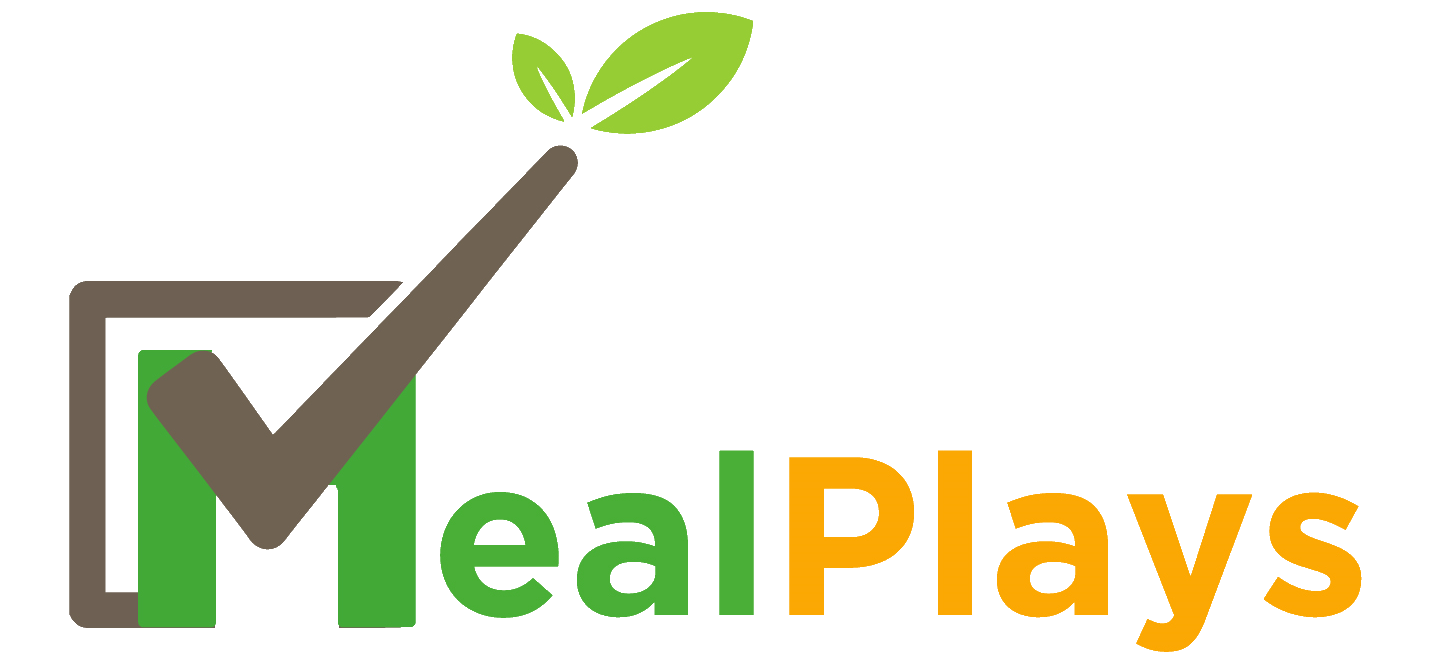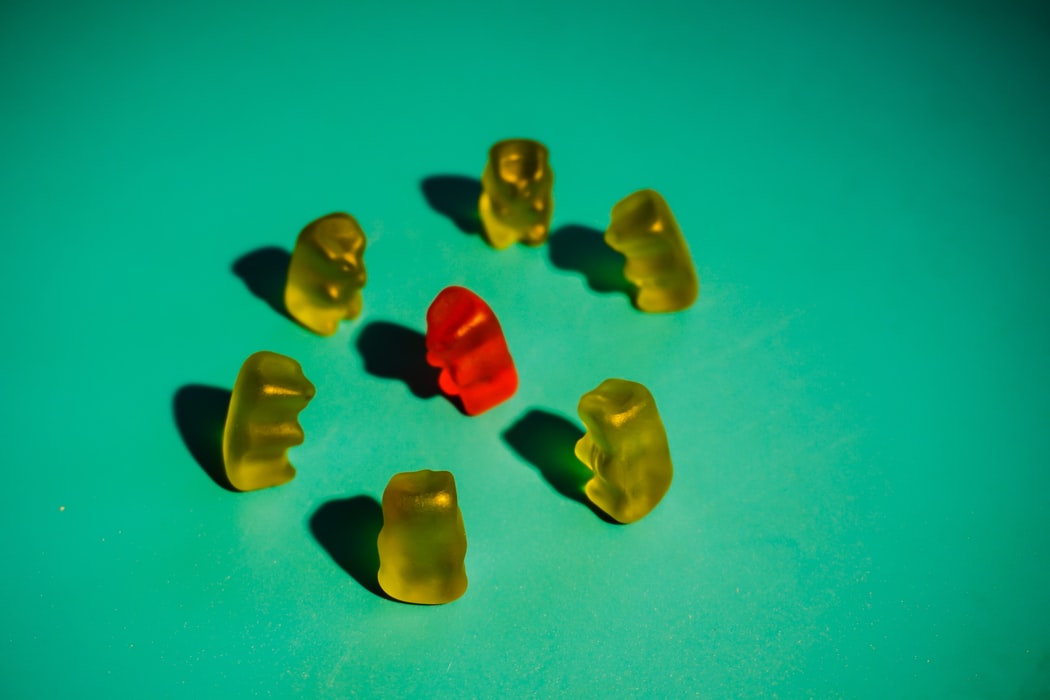Finding products without food additives in the composition today is almost impossible. Still, this is a simple and cheap way to enhance the flavor, extend the shelf life of food and make it look attractive. Unknown E-preservatives raise concerns and, unfortunately, are not groundless. Some dietary supplements are actually safe and even beneficial for the body, others are harmful, although they may be officially approved. We will talk about them today.
Types of food additives
Read the ingredients carefully: the most dangerous food additives
First, let’s figure out what this unknown set of three numbers in the name means.
E100 – E182 – dyes. Used to enhance or change the color of a product.
E200 – E299 – preservatives. They increase the shelf life, prevent the growth of bacteria and microbes.
Е300 – Е399 – antioxidants. In terms of action, these additives are similar to preservatives: they slow down the oxidation process, in particular, oils and fats.
Е400 – Е499 – stabilizers and thickeners. They give the products the necessary consistency, retain their freshness and aroma.
E500 – E599 – emulsifiers. Thanks to them, the consistency remains uniform and does not exfoliate. Especially if the composition contains immiscible products, such as oil and water.
E600 – E699 are flavor and odor enhancers.
E700 – E799 – a group of antibiotics. Used to inhibit bacterial growth and increase shelf life. For example, waxes, packaging gases, sweeteners, foaming agents and other substances.
Prohibited food additives
The most harmful are preservatives and antioxidants – food additives that kill bacteria, thereby preserving the presentation of the product for a long time. Among the most dangerous are preservatives E128, E216, E217. All of them are prohibited for use on the territory of Russia. The list also includes E240, which is not formally approved for use in food. But despite the ban, formaldehyde is used in the production of meat products – sausages and sausages. It is often not included in the composition of products, since, according to official data, it “does not exceed the established norms”.
The next group, which should be treated more carefully, is dyes. Of course, not all of them are dangerous, there are also natural ones: E100 (curcumin), E140 (chlorophyll), E164 (saffron) and many others. But the markings E103, E105, E121, E123, E128 should alert you: these additives are prohibited. Nevertheless, they are actively used in the production of carbonated water, sweets and semi-finished meat products.
Allowed but not safe
In addition to those food additives that are on the official list of prohibited, there are those that are considered acceptable. But not all of them are harmless, we have compiled a detailed table of the most dangerous food additives.
Name Harm Where used
E102, E110 Hazardous to health. May cause the development of malignant neoplasms. Yellow dyes.
E123, E124, E127, E129, E180 Hazardous to health. Carcinogens, can cause the development of malignant neoplasms. Red, crimson and pink dyes.
E131, E142 Harmful to health. Causes food allergies, asthma attacks, anaphylaxis, stomach upset. Blue and green dye.
E151, E153, E155 Hazardous to health. Cause food allergies and asthma attacks. There is a risk of developing malignant tumors. Toxic. Black, charcoal and brown dyes.
E160 Harmful to health. It can cause the development of malignant tumors, reduces immunity. Orange dye.
E201 Harmful to health. Causes allergic reactions. Cheese, margarine, jams, marmalade, canned food, spices.
E210, E211, E212, E213 Carcinogens, dangerous to the body. Sausages, cheeses, canned meat and fish.
E214, E215, E216, E217, E219 Carcinogens, dangerous to the body. Jams, pates, breakfast cereals, pastries.
E220, E222, E223, E224, E228 Harmful to the body. They cause allergic reactions and exacerbation of asthma. Some types of wines and dried fruits, fruit juices, jams.
E230, E231, E232, E233 Dangerous for the body. They cause disruption of the central nervous system. Processing of fruits and vegetables during transportation.
E240, E242, E249 Dangerous for the body. They provoke the development of tumors. Juices, sweet drinks, meat products.
E250, E251, E252 Hazardous to health. They provoke cardiovascular disorders. Sausages, smoked fish, sprats, herring and some types of hard cheeses.
E280, E281, E282, E283 Harmful to the body. Increases the risk of developing malignant neoplasms. Bakery products, processed cheeses.
E310, E311, E312 Harmful to the body. They cause allergic reactions, stomach irritation. Mayonnaise, margarine, sauces, vegetable oils.
E400, E401, E402, E403, E404, E405 Harmful to the body. Indigestion upset. Confectionery, sauces, desserts, canned food.
E450, E451, E452, E453, E454 Harmful to the body. Disrupt the absorption of minerals, are deposited in the kidneys. Meat products, processed cheeses, dairy products
E461, E462, E463, E464, E465, E466 Dangerous for the body. Promote the development of inflammatory processes in the intestines and stomach, cause skin diseases. Canned food, sauces, desserts, jellies, ready meals.
E501, E502, E503 Harmful to the body. They cause allergic reactions. Powdered milk, chocolate, confectionery, yeast.
E510, E513, E527 Negatively affect the functioning of the liver and kidneys, cause indigestion. Flour, baked goods, pasta, cocoa powder, confectionery.
E626, E627, E628, E629, E630, E631, E632, E633, E634, E635, E636, E637 Harmful to the body, cause intestinal disorders. Taste enhancers.
E954 Harmful to health. A carcinogen that causes the development of tumors. Sugar substitute.
Of course, this is not a complete list of all hazardous food additives. The list is updated annually, but for now you can use our article as a reminder. We hope that now you will pay more attention to the composition of foods, because your well-being directly depends on what we eat every day. Be healthy!

